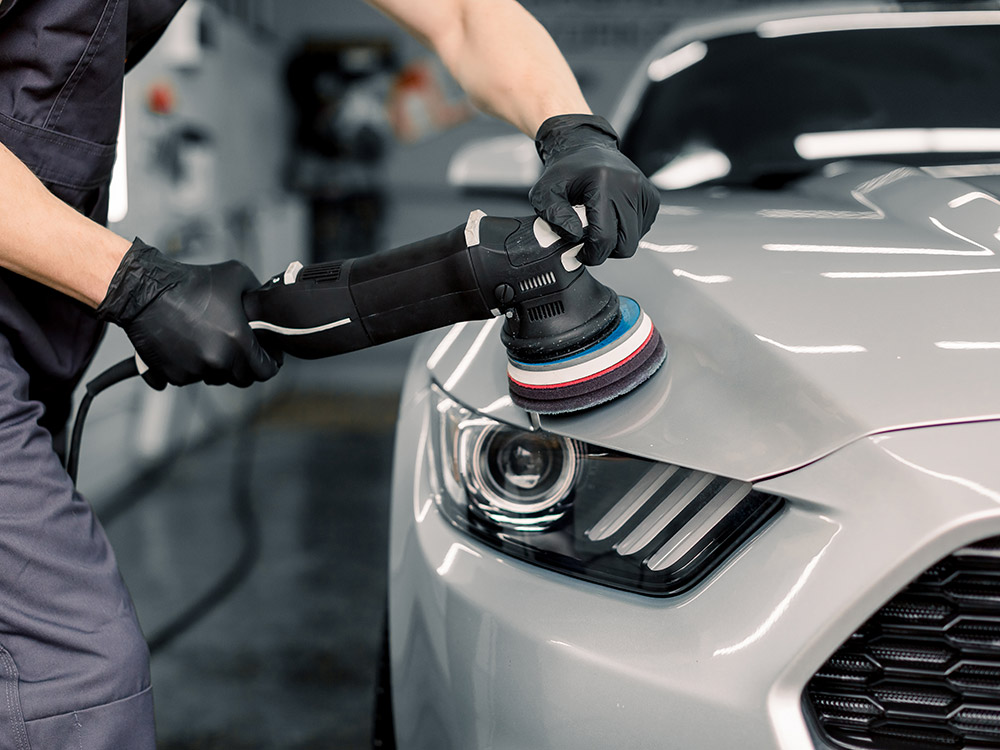Window tinting is a popular upgrade for car owners looking to enhance their driving experience. Whether you’re seeking improved aesthetics, increased privacy, or protection from the sun’s rays, window tinting offers a range of benefits. However, before diving into the world of car window tinting, it’s essential to understand the basics. In this comprehensive guide, we will cover everything you need to know about tinting your car windows, from the types of tint available to the legal considerations and the installation process.
Understanding Car Window Tinting
Different Types of Window Tint
Car window tinting films come in various types, each with its unique characteristics and benefits. The common types include:
- Dyed Window Tint: This type of tint uses a layer of dyed film to block sunlight and reduce heat. It offers a sleek appearance and is an affordable option for basic heat and glare reduction.
- Metalized Window Tint: Metalized tint includes small metallic particles that reflect heat and block UV rays. It provides excellent heat reduction and is more durable than dyed film. However, it may interfere with electronic signals, such as cell phone reception or GPS.
- Carbon Window Tint: Carbon tint is known for its superior heat and UV rejection while maintaining excellent visibility. It is non-reflective and does not interfere with electronic signals, making it a popular choice among car owners.
- Ceramic Window Tint: Ceramic tint is the premium option, offering the highest level of heat reduction and UV protection. It provides outstanding clarity, reduces glare, and does not interfere with electronic signals. Ceramic tint is typically more expensive but offers excellent long-term performance.
Legal Considerations
Before tinting your car windows, it’s crucial to familiarize yourself with the legal regulations in your jurisdiction. Each region may have specific rules regarding permissible tint darkness levels and placement on different windows. It’s important to adhere to these regulations to avoid potential fines or legal issues. Research the tinting laws in your area or consult with a professional window tinting service to ensure compliance.
The Installation Process
While it’s possible to purchase DIY window tinting kits, it’s highly recommended to have your car windows tinted by a professional. A professional installer has the expertise and proper tools to ensure a high-quality installation that avoids bubbling, peeling, or improper alignment. The installation process involves thorough cleaning of the windows, precise cutting of the tint film, and skillful application to achieve a seamless finish. Professional installation not only guarantees optimal results but also offers warranties for added peace of mind.
Conclusion
Window tinting can transform your driving experience by enhancing privacy, reducing heat and glare, and protecting against harmful UV rays. Understanding the different types of tint available, complying with legal regulations, and opting for professional installation are key factors in achieving a successful window tinting project. Consider your specific needs and preferences when selecting the type of tint that best suits your requirements. With the knowledge gained from this Window Tinting 101 guide, you can confidently embark on your journey to tinting your car windows and enjoy the many benefits it brings.

